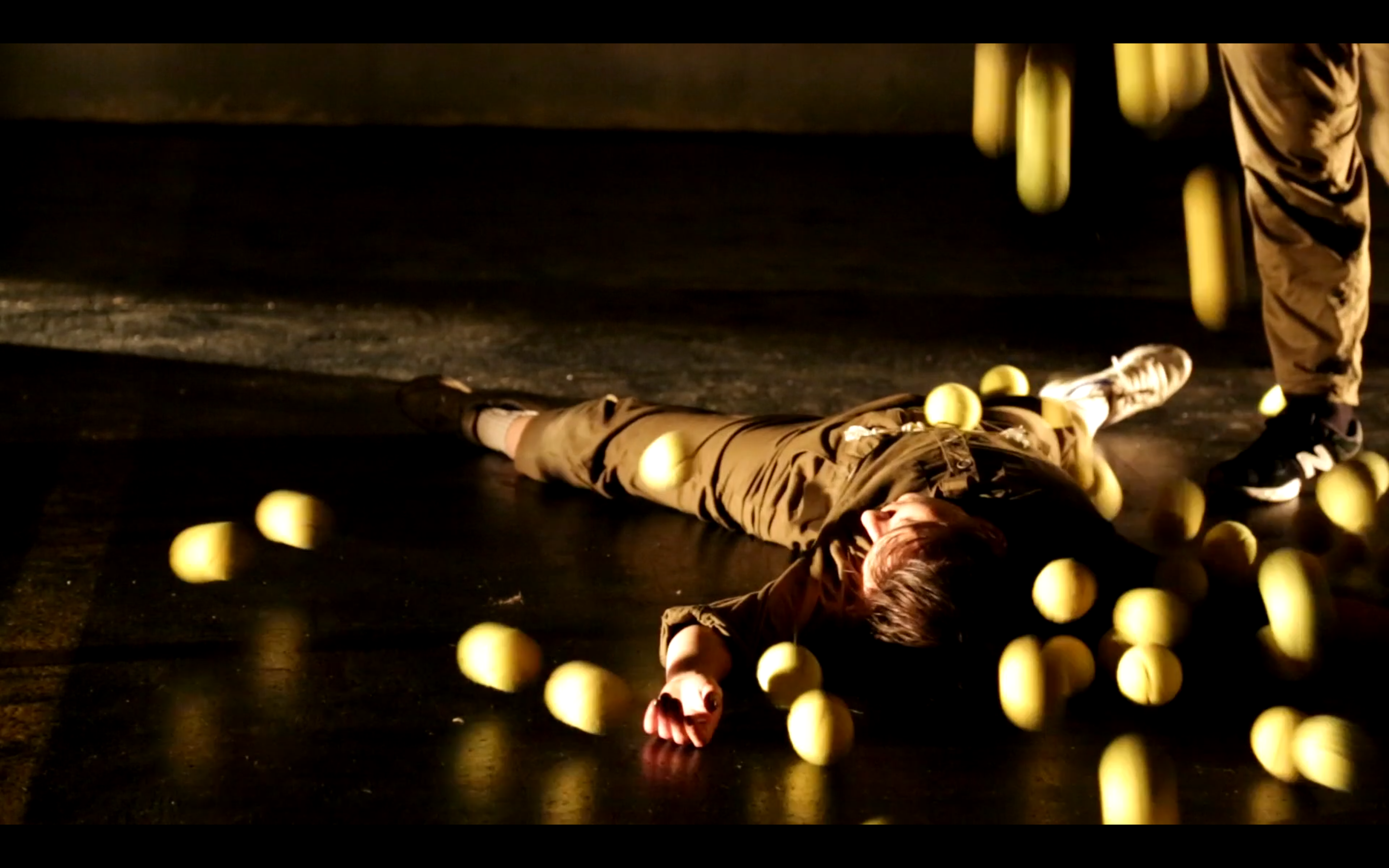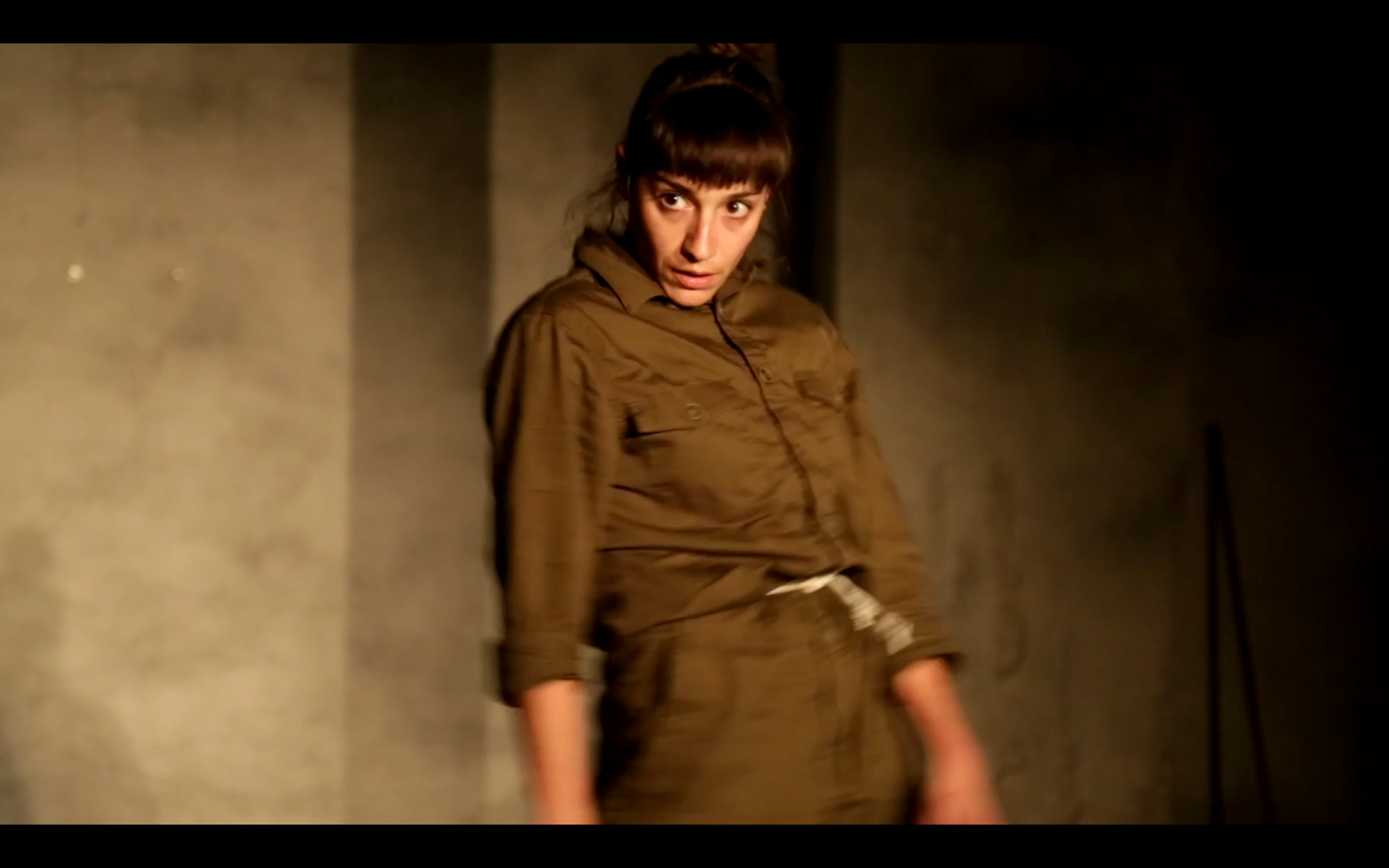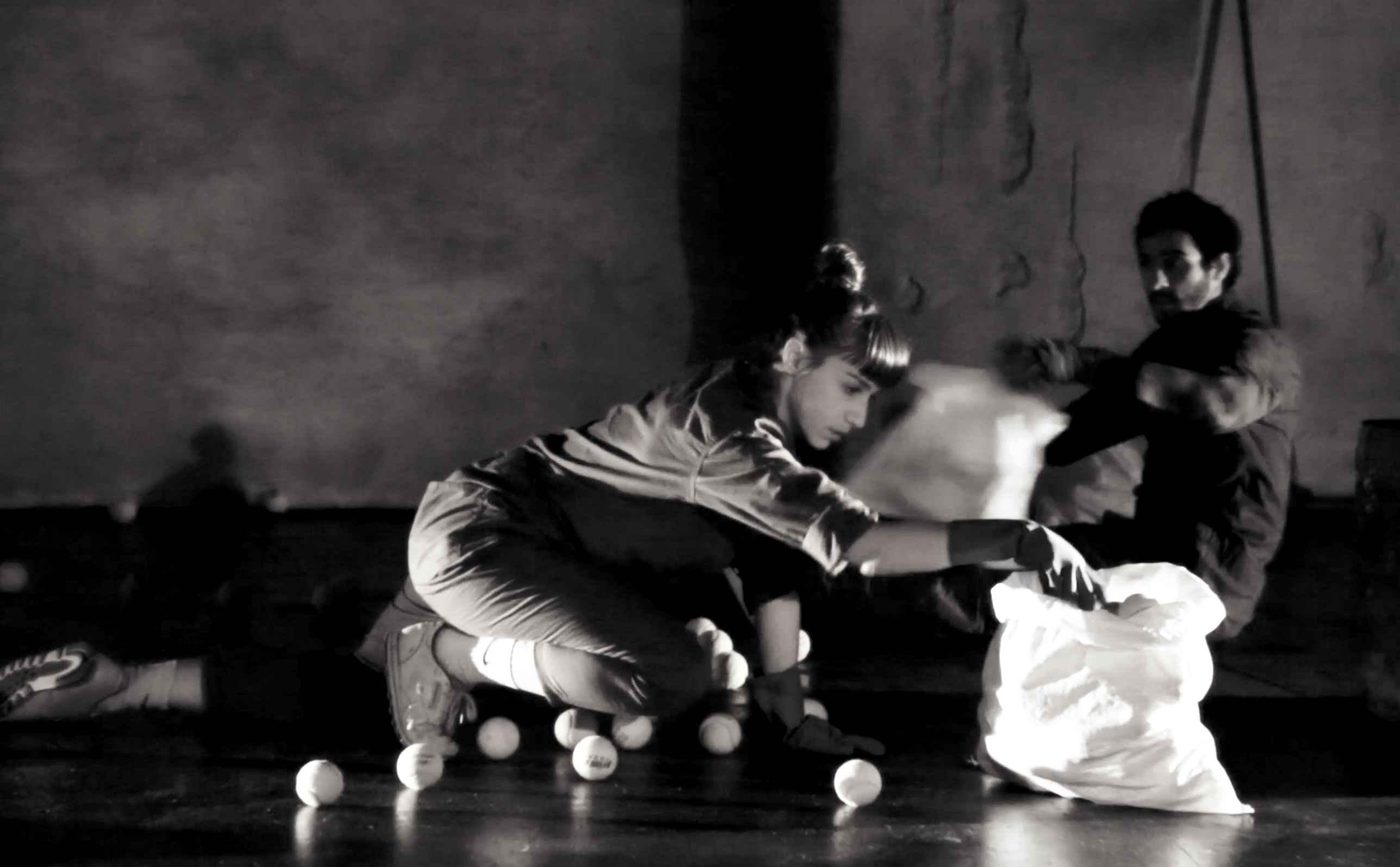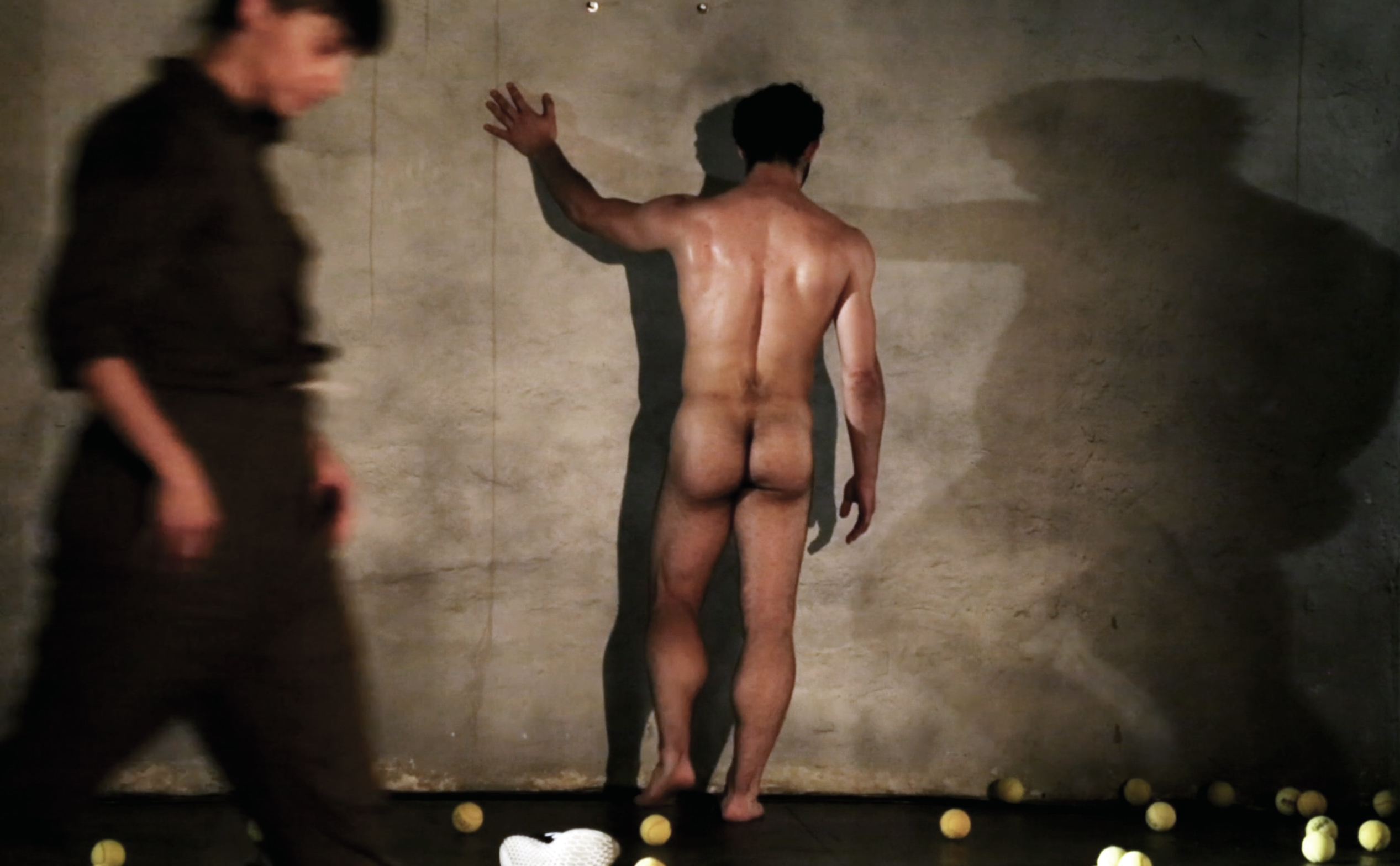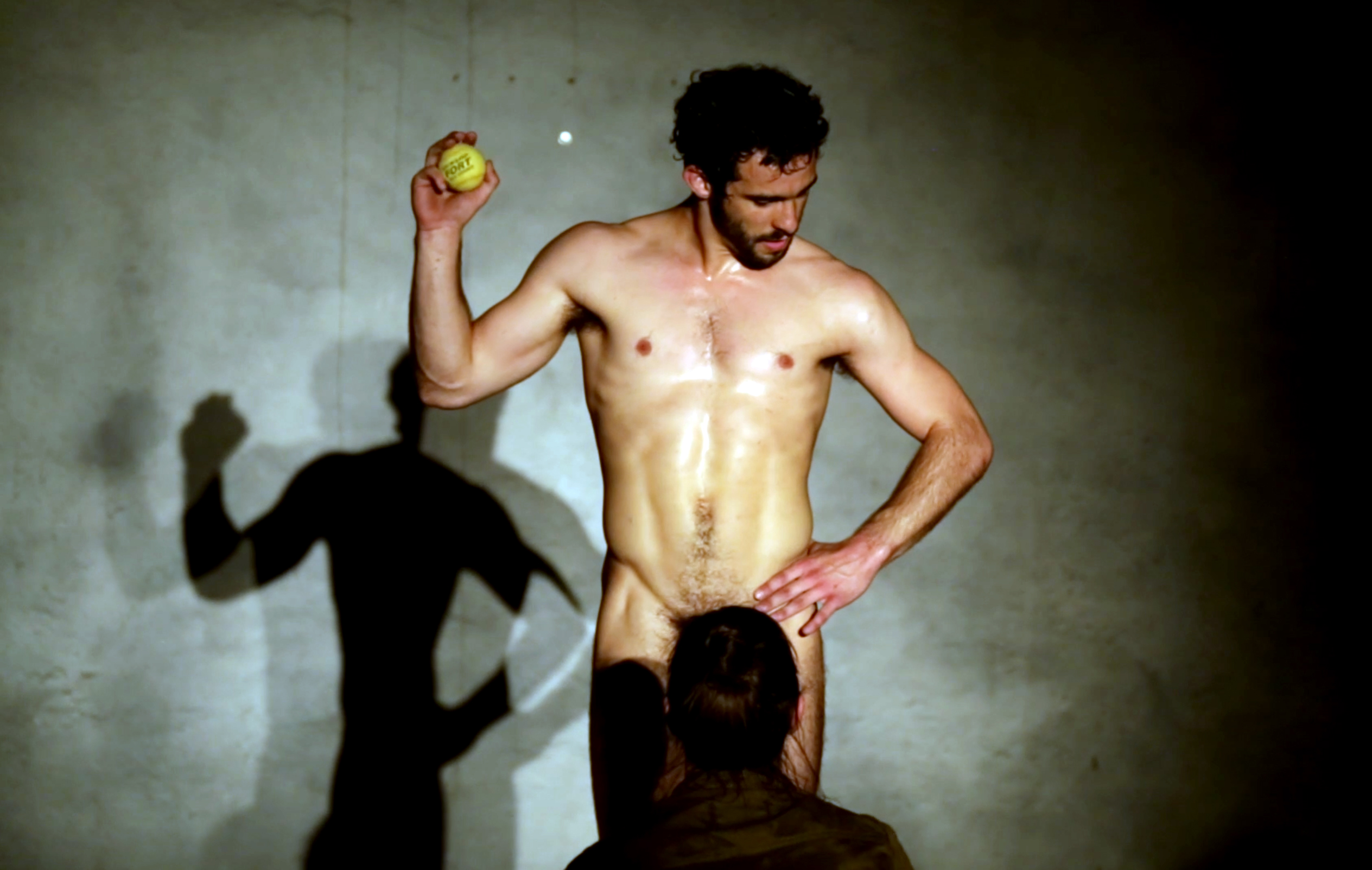Found in Translation
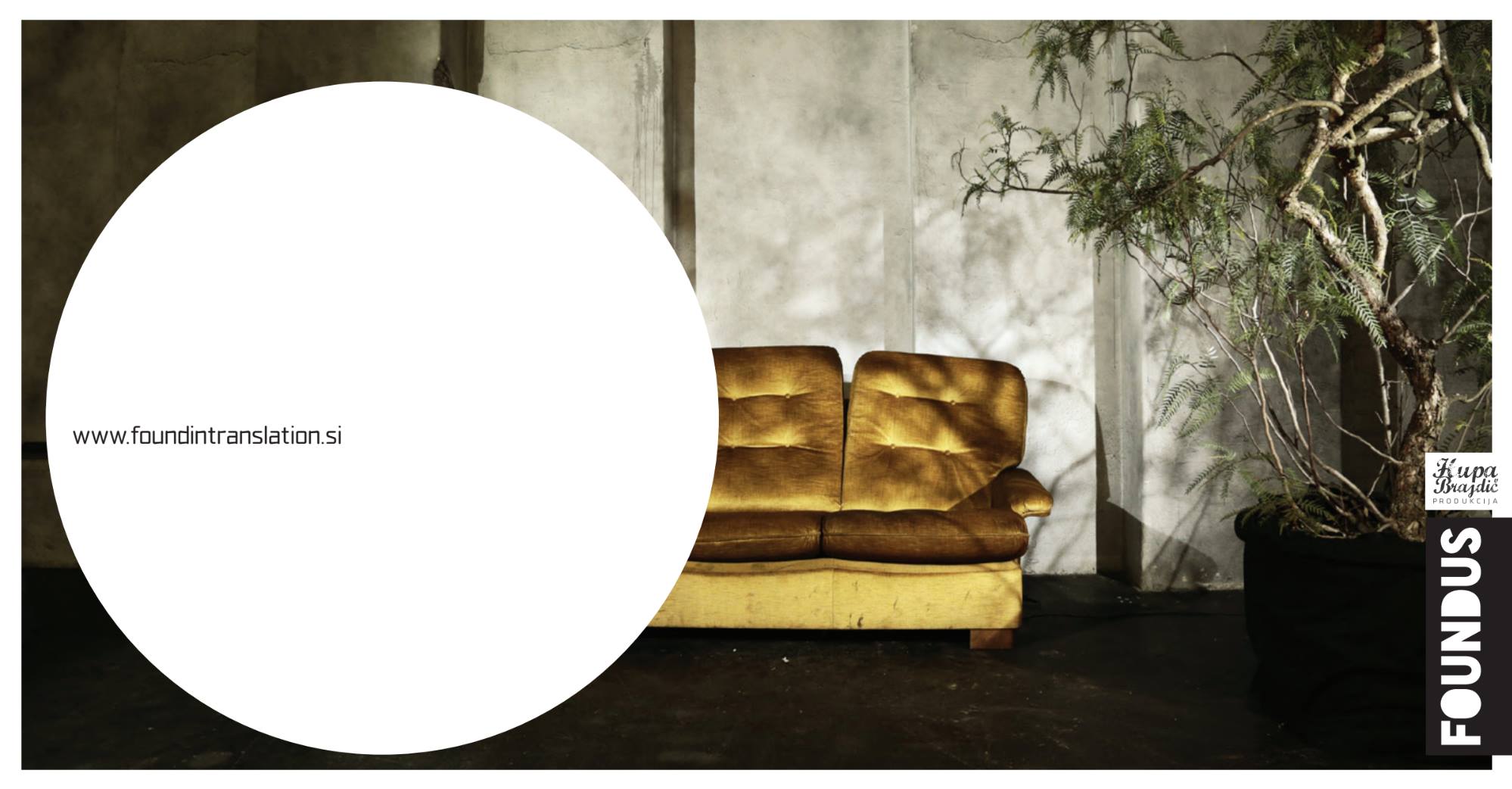
Found in Translation
- Type: Collaboration
- Genre: Physical theatre
- Date: 2017-05-01
- Location: Ljubljana
- Number of performers: 2
- Duration: 50 min
W H O ?
- Kristina Aleksova is a dancer, choreographer and performer from Ljubljana, where she began her career as a classical ballerina. After graduation, she joined Slovenian National Ballet Company. In 2013 she created her first performance, “Children Form the Edge of Reality”, for the ballet company of Slovenian National Theatre Ljubljana. Her latest work “How deep in your (w)hole”, a dance installation, was a collaboration with visual artist Živa Petrič that premiered in 2016 on the stage of -3 in Slovenian National Theatre Ljubljana. Kristina is currently a freelance artist engaged mostly in the research of new methods of dance and performance. Besides this project, she is currently working with Via Negativa Theatre. Engaging in this particular project, she strongly believes that the body only supports information of which is sincere. She is speaking of intimate topics that open up spaces we can all connect with.
- Fernando Troya.
W H A T ?
Found in translation tackles the topic of modern comunication with a strong focus on digital technologies that are in use in our everyday life and often leave us misinterpreteted, misunderstood, or simply lost. It is in our human nature to search for broader understanding and intensify the clarity of each message that we send out into the world (physically or digitally). By doing that, we often end up achieving the opposite. We end up producing an endless network of misunderstandings, in which it is nececary to explain, clarify and reinterpret what we would like to say over and over again.
In this dance project, conflict, or misunderstanding, are integrated as a form of production and become the starting point of creation. Misunderstanding is no longer something destructive, but has become a crucial paradoxal act that establishes us humans as thinking and creative beings.
Found in translation is a dance project; an ongoing concept that started off as a study of physical actions and reactions in everyday communication. Searching for meanings that get lost, overlooked or found and added while we interpret a certain information. The authors Kristina Aleksova and Ferndando Troya keep on looking to find anew these missing elements through a movement method, which allows free association of the body. This grants them to step into the world of all the lost, overseen, unheard or transformed meanings of the information that are interpreted every day, to then try to include these lost particles in their own interpretation.
The performance was build through a website (www.foundintranslation.si), where Krstina and Fernando were exchanging different sorts of information via different digital recordings: video, photo or written text that arouse their imagination and created a co-respondance with various possibilities of understanding. At that time, they were based in different countries (The Netherlands & Slovenia).
After some months of communicating only through the website, where possibilities of understanding are limited, they met in Ljubljana in Slovenia for 10 days to build a performance. What started off as detailed research of information they were sending each other through the internet was then transformed for the last time and put on stage, where new interpretations started to appear.
Now we are starting a new cycle of co-respondance where we will create new materials for the second part of this performance with a working title Found in translation II and we have a strong feeling that this is a story that will continue for a very long time. In the meantime, we invite spectators to follow the creative process through our web page. We will again alternate in sending out our material and emotional states. This material is a base from which Kristina and Fernando create their movement.
Currently, when sharing information is often a form of manipulation or a subject of misinterpretations the questions raised by this project are all the more relevant. What is left there to rely upon? How can we blindly trust our feelings? How can we develop a personality receptive enough to properly arrange all the information we receive, especially in a world dominated by data and impulses?
